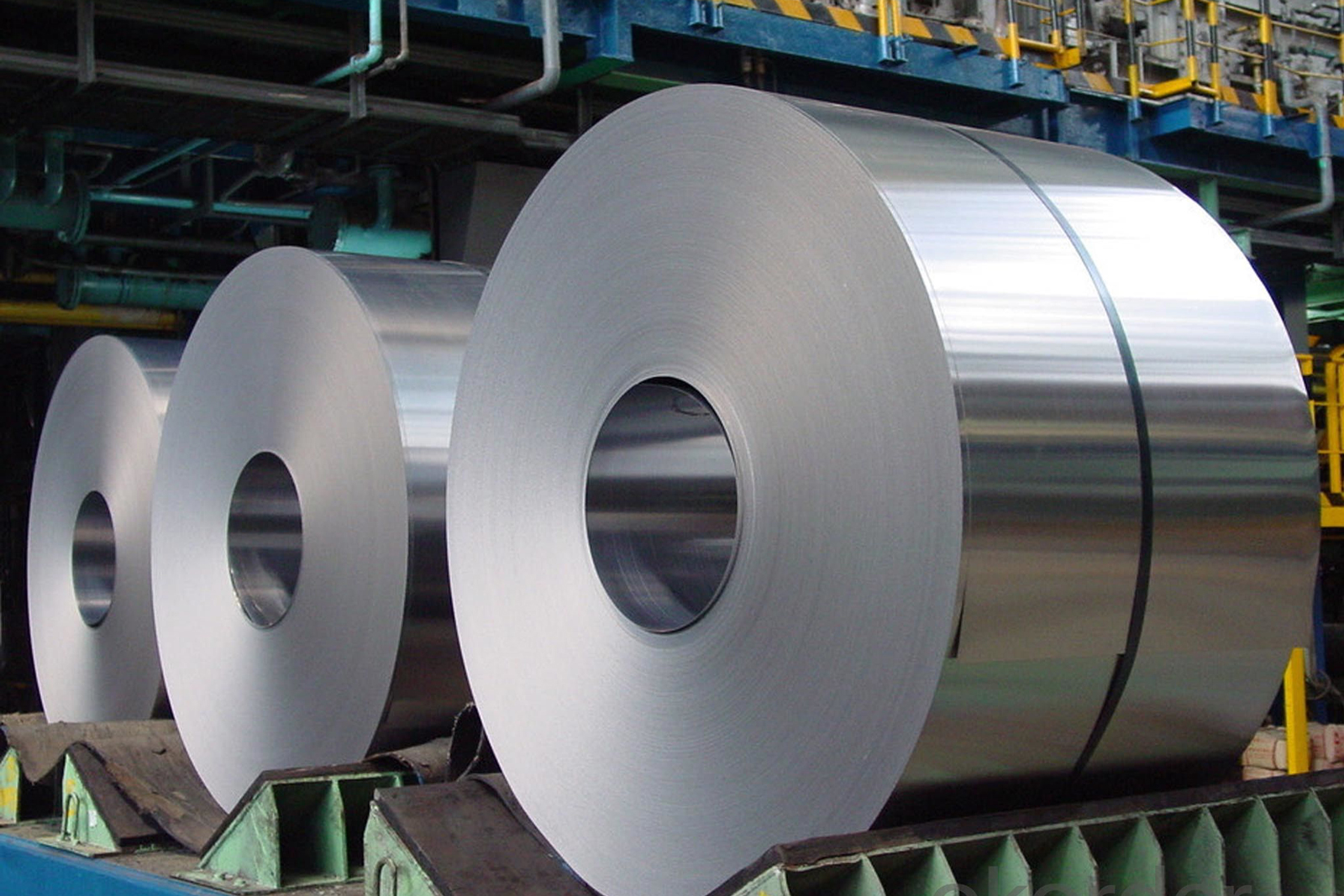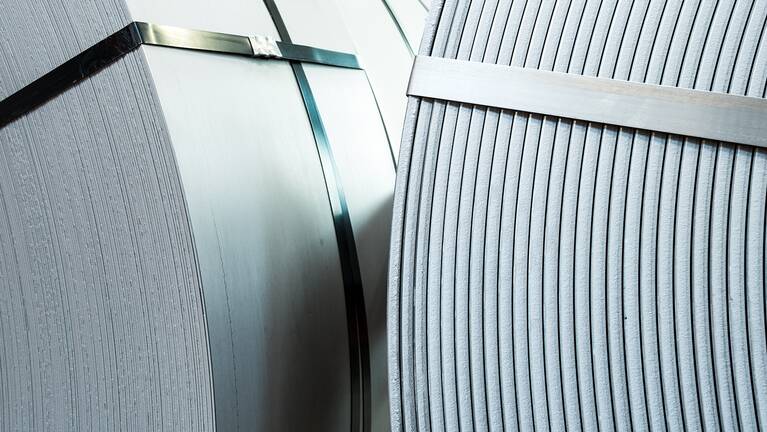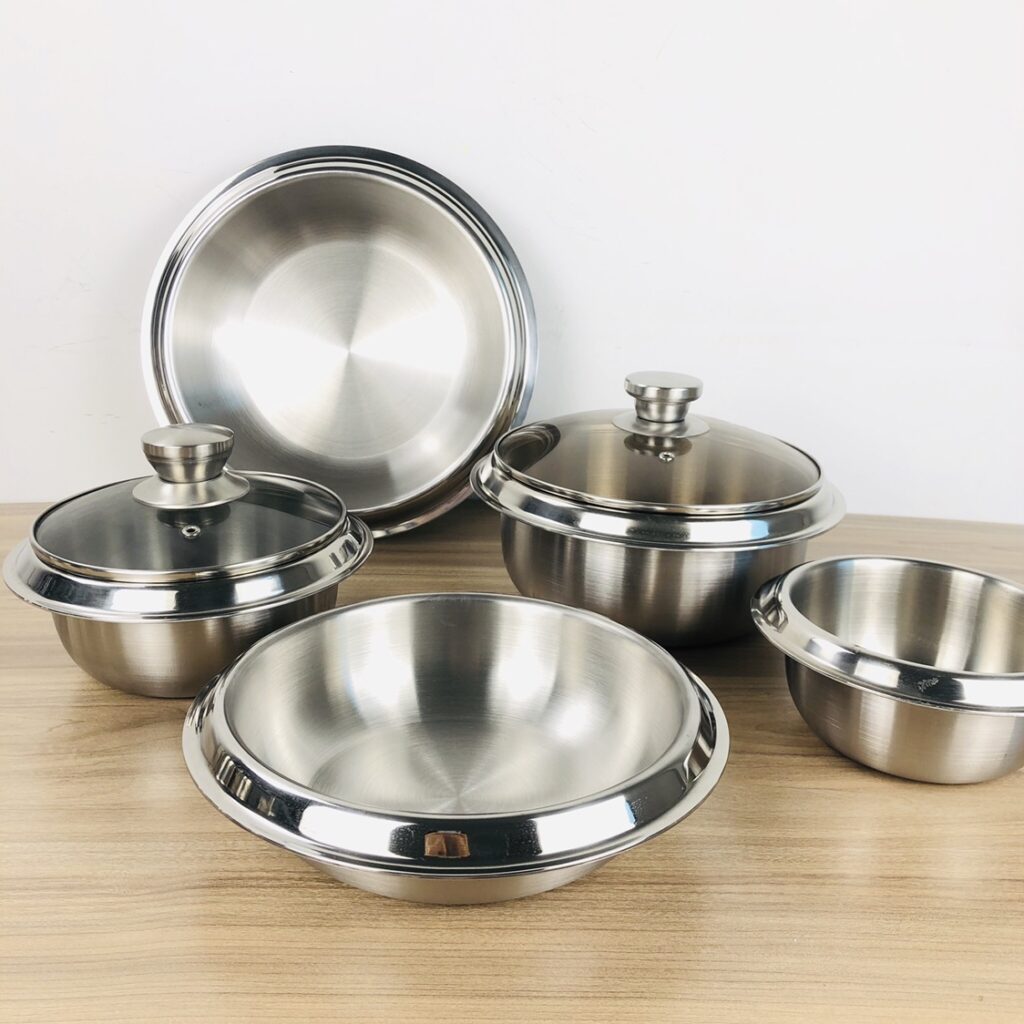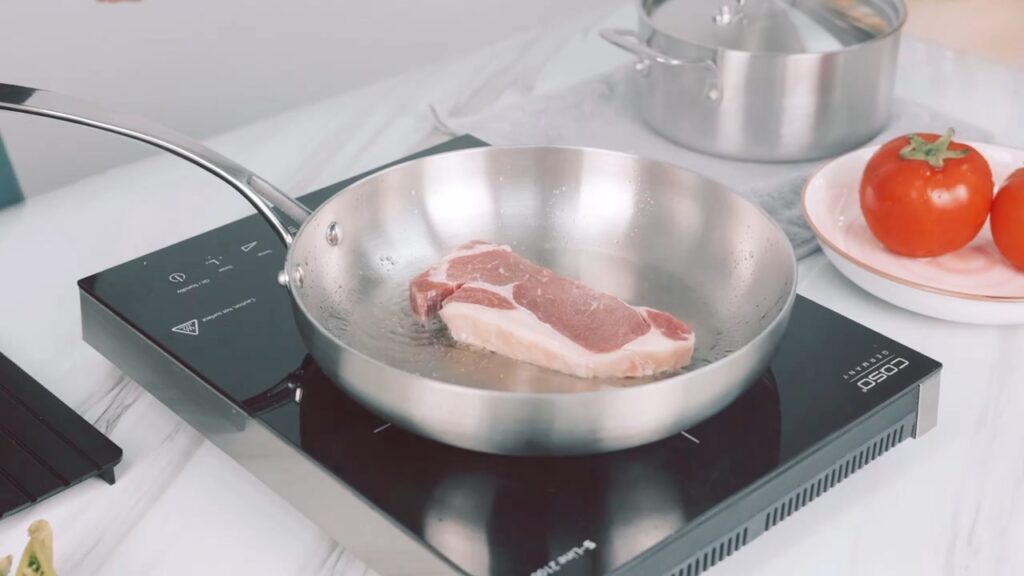Introduction to Stainless Steel Types
Stainless steel is a versatile material commonly used in various applications. Among its many grades, 430 and 304 stainless steels are popular choices, each with unique properties that cater to different requirements. Understanding these differences can help you make informed decisions when selecting the right stainless steel for your project.
Composition and Properties
430 stainless steel is a ferritic grade that primarily consists of chromium and very low carbon content. This composition allows it to exhibit good corrosion resistance but limits its ability to withstand extreme temperatures. In contrast, 304 stainless steel is an austenitic grade with higher concentrations of both chromium and nickel, which contribute to its excellent corrosion resistance and mechanical properties. This makes 304 stainless steel ideal for applications that demand high strength and durability.
Applications and Suitability
When considering the specific uses of these materials, 430 stainless steel is often employed in kitchen appliances, automotive parts, and other environments where moderate corrosion resistance is required. On the other hand, 304 stainless steel finds its place in more demanding applications such as food processing, chemical storage, and architectural elements due to its superior corrosion resistance and hygienic properties. Therefore, the choice between the two grades largely depends on the specific application and environmental conditions.





